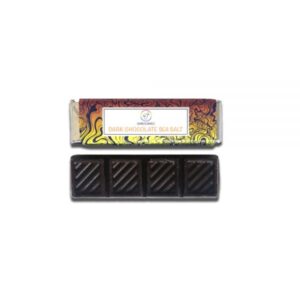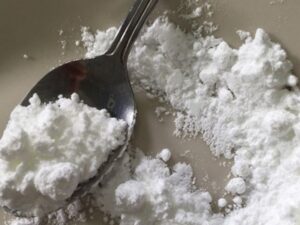Definition
A technique for studying the behavior of drugs in humans by administering doses so low they are unlikely to produce whole-body effects, but high enough to allow the cellular response to be studied.
Purpose
Conducted before clinical Phase I to predict whether a drug is viable for the next phase of testing. Aims to reduce resources spent on non-viable drugs and testing on animals.
Besides drug development, microdosing is used for precise dispensing of small amounts of a drug substance, including cannabis and psychedelic microdosing.
Microdosing refers to the practice of taking very small doses of psychedelic substances, typically around 1/10th to 1/20th of a standard recreational dose, which is not enough to induce significant alterations in consciousness or perceptual experiences. This approach has gained popularity, particularly in creative and professional circles, as individuals seek to enhance cognitive functions and emotional well-being without the intense effects associated with higher doses.
How Microdosing Enhances Creativity
Cognitive Flexibility and Problem-Solving
Research indicates that microdosing can improve cognitive flexibility, which is crucial for creative thinking. A study from Leiden University found that participants who microdosed with psilocybin mushrooms scored significantly higher on tests measuring both divergent and convergent thinking. This suggests that microdosing may facilitate a state of “unconstrained thought,” allowing for more innovative problem-solving and idea generation
5.Mood Enhancement and Emotional Balance
Proponents of microdosing often report improvements in mood, reduced anxiety, and enhanced emotional stability. These factors contribute to a more conducive environment for creativity, as individuals may feel more open to exploring new ideas and expressing themselves artistically. Anecdotal evidence supports claims that microdosing can lead to increased motivation and productivity throughout the day14.Increased Focus and Mindfulness
Microdosing has been associated with heightened focus and mindfulness, which can further enhance creative output. Users often report improved concentration and a greater ability to engage deeply with their work, leading to more productive creative sessions14.
Popular Substances for Microdosing
The most commonly used psychedelics for microdosing include:
- LSD (Lysergic Acid Diethylamide): Known for its potential to enhance creativity and cognitive flexibility.
- Psilocybin Mushrooms: Often reported to improve mood and emotional balance.
- Other substances like DMT or peyote are less commonly used due to availability issues13.
Conclusion
While scientific research on microdosing is still emerging, preliminary studies and anecdotal reports suggest that it may enhance creativity through improved cognitive flexibility, emotional balance, and focus. As interest in psychedelics grows, further research will be essential to better understand the long-term effects and potential therapeutic benefits of this practice.









![How to Buy Shrooms Online in [Your Country/Region]](https://magicmushroomstore.us/wp-content/uploads/2023/07/Shoomiesstars-300x300.jpeg)





